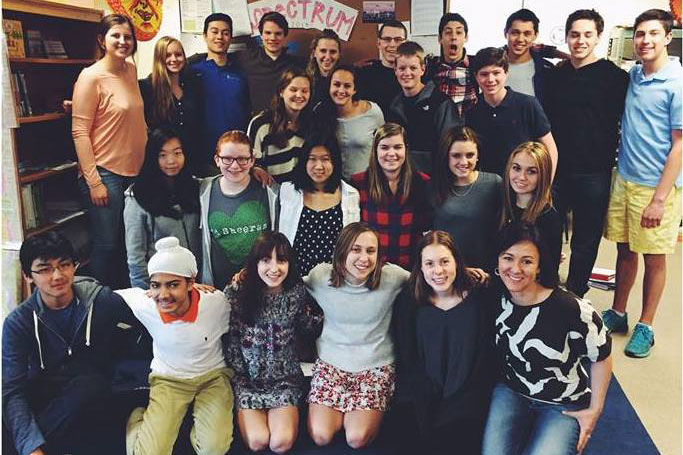The importance of service resounded in the community as advisories spent the second half of a Wednesday afternoon engaging in volunteer work. Some students took charge of the planning and helped find a cause that they were exceptionally passionate about. Others went with the flow of advisories, signing up for one of the mass projects. Sadly, some groups did not prepare at all.
Marketed as a way to bond with advisories while engaging in service, this particular Wednesday was created with high hopes from CSB and the larger community. Unfortunately, the effects were generally a lot lower than the expectations.
Although it is important to do service in any way possible, an hour of service doesn’t feel very impactful. Service is seen as a reciprocal action where you both give and receive. Many students left this day feeling as though they hadn’t created meaning or impact. Furthermore, the planning around going to so many different locations felt like a huge upheaval in the day that didn’t leave much time to actually do service.
Breck dedicates a portion of each Wednesday to service and service learning. Our sporadic Wednesday service day was well-intentioned, but didn’t create the lasting ties of importance with any of the organizations. The consistency of Breck’s service makes the benefit on both ends much greater, and a program similar to this one could be a great way to use up some of the free time students have on Wednesdays.
There are a multitude of ways that this day could be built upon in order to make it an all-around better experience. First, one small service project should be selected by each homeroom instead of having a large cluster of homerooms tackle one large project, like the Second Harvest Heartland group. This would create better bonds within advisories and between that advisory and its chosen cause. The repetition and consistency that would come out of tackling that one project would be both rewarding and effective.
Second, CSB could use its student-led setup to help bring creative service projects to each homeroom. Like Forum managing clubs, CSB would be the liaison between advisories and their service projects. This would create a simple way to connect homerooms and service.
This format would also add more structure to CSB, which students sometimes find lacks effectiveness when it tackles too many unconnected projects at once. If the Community Service Board spent time regulating each service Wednesday experience, it would set a precedent of service for years to come.
Finally, if CSB could help to make meaningful connections between advisories and causes that advisories were passionate about, it would hopefully lead to the ultimate goal: inspiring students to participate in service outside of school. Once students found organizations that they were passionate about, it would ideally lead them towards more service. Establishing connections between specific service groups and advisories allows for students to make long lasting relationships and truly create change.
Staying true to the school’s mission statement, service can help create a well-rounded individual. If that spark behind doing service is lit, students will maintain the balance that engaging with other people and communities yields.






